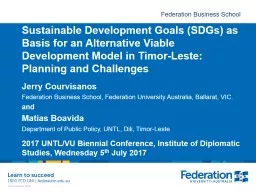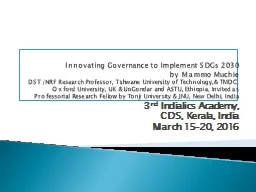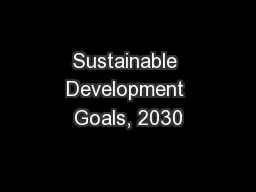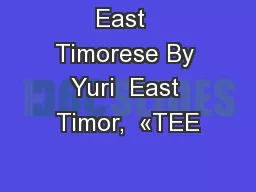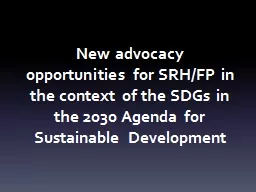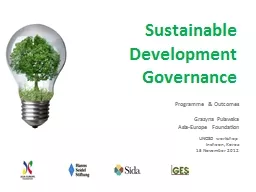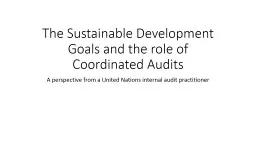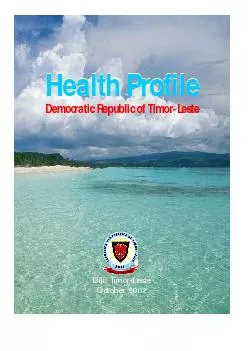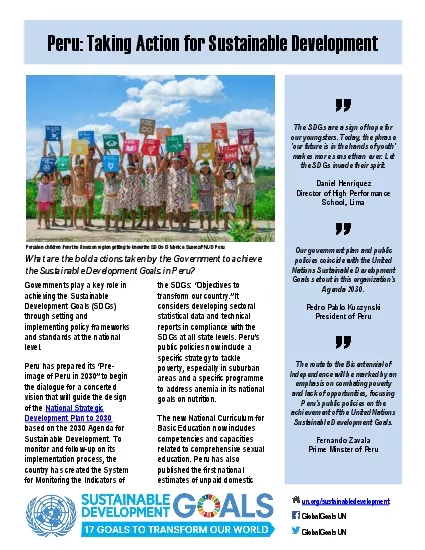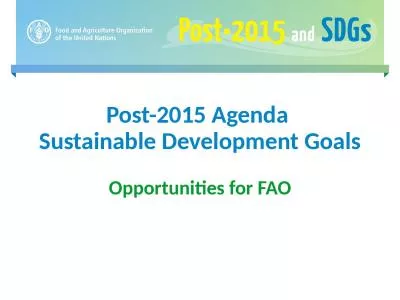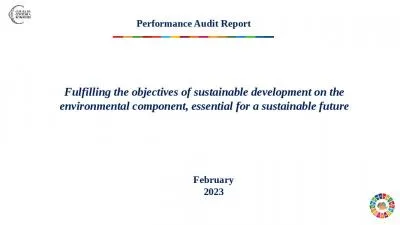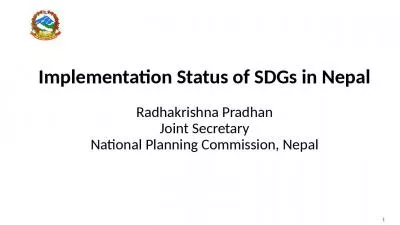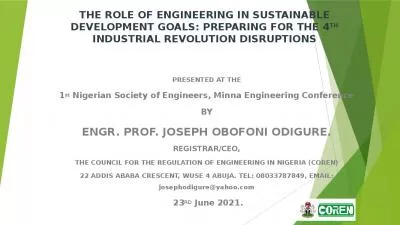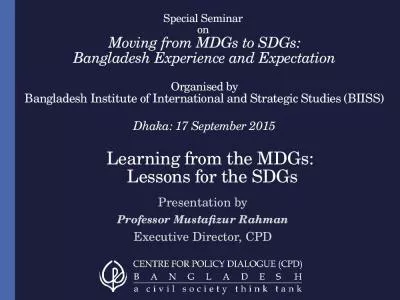PPT-Sustainable Development Goals (SDGs) as Basis for an Alternative Viable Development Model
Author : leventiser | Published Date : 2020-08-07
Challenges Jerry Courvisanos Federation Business School Federation University Australia Ballarat VIC and Matias Boavida Department of Public Policy UNTL
Presentation Embed Code
Download Presentation
Download Presentation The PPT/PDF document "Sustainable Development Goals (SDGs) as..." is the property of its rightful owner. Permission is granted to download and print the materials on this website for personal, non-commercial use only, and to display it on your personal computer provided you do not modify the materials and that you retain all copyright notices contained in the materials. By downloading content from our website, you accept the terms of this agreement.
Sustainable Development Goals (SDGs) as Basis for an Alternative Viable Development Model: Transcript
Download Rules Of Document
"Sustainable Development Goals (SDGs) as Basis for an Alternative Viable Development Model"The content belongs to its owner. You may download and print it for personal use, without modification, and keep all copyright notices. By downloading, you agree to these terms.
Related Documents

